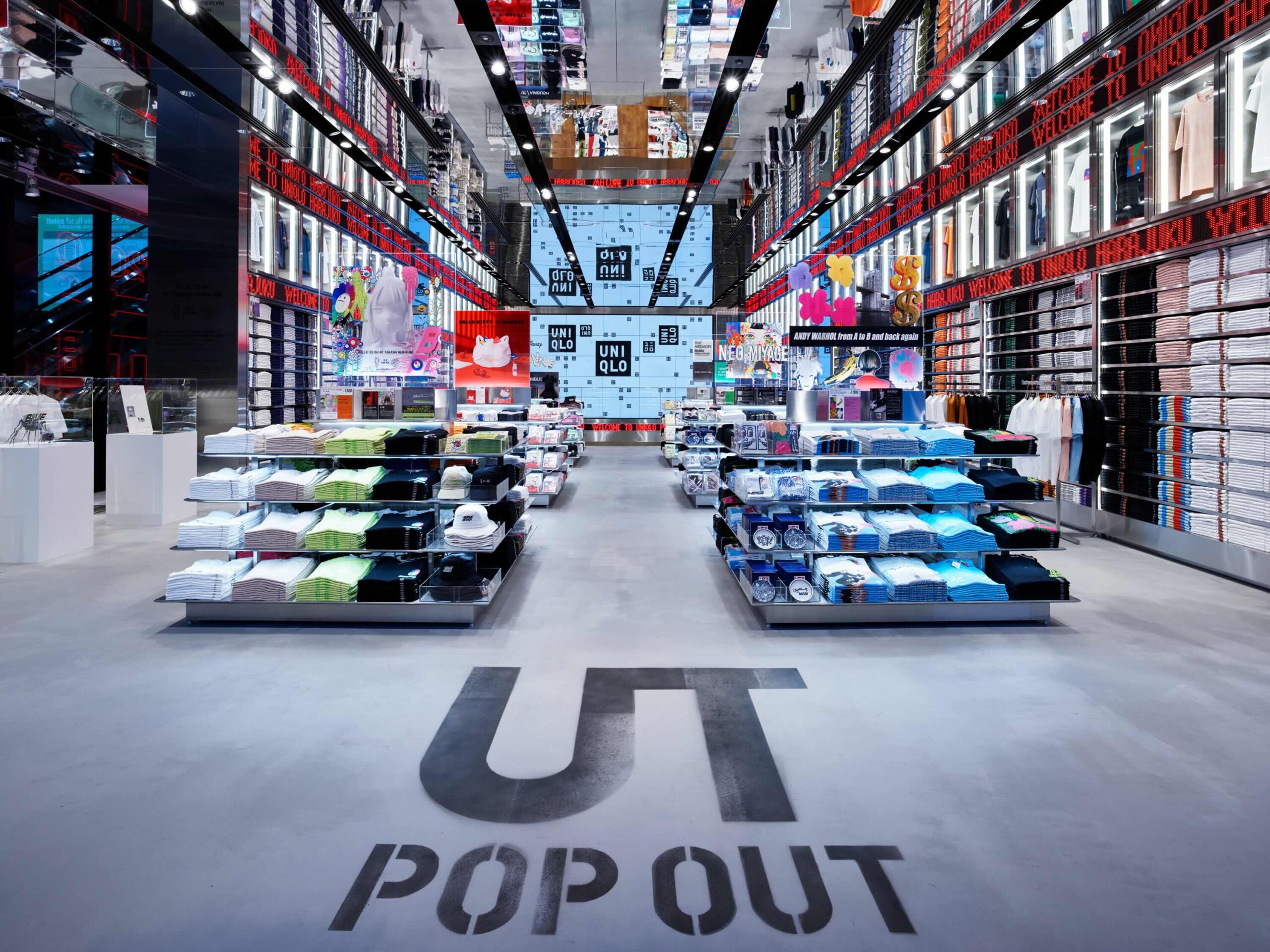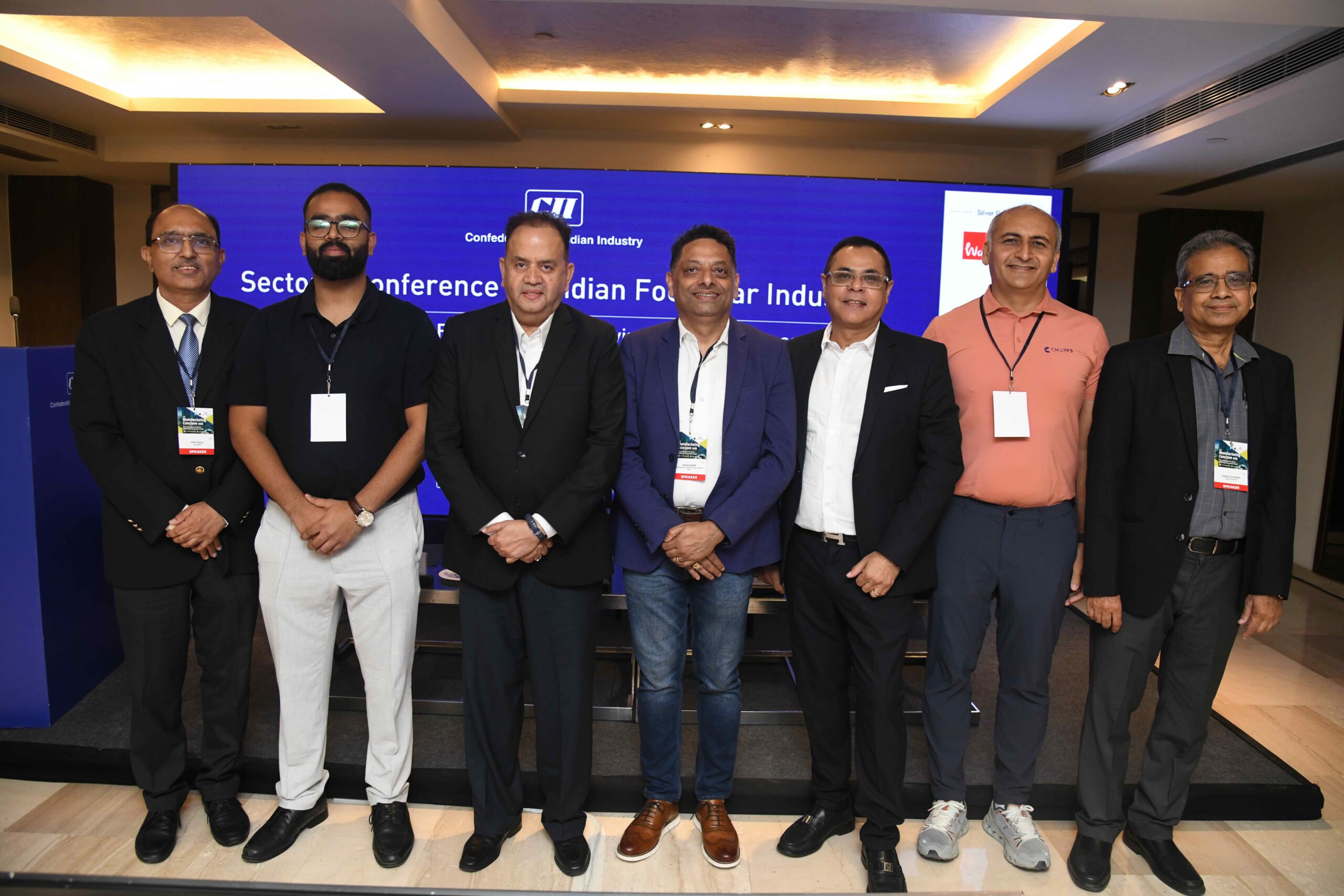Ever since PM Narendra Modi announced the ambitious Make In India program with the intention to turn India a manufacturing hub, things have changed. It has also motivated people to speak their minds, fortunately most have expressed happiness and at the same time they have also voiced drawbacks. In our attempt to highlight the significance of the program, we have been speaking to industry luminaries. Anupam Bansal, Director at Liberty Shoes, is a man with great reputation in the footwear industry. He shares his views with S&A.
World economy is slowing down, are there enough profits to go in an export-led path?
Discerning the global economic outlook as “Mediocre”, it would be recommendable that India should pay emphasis on the domestic market rather than emulating an export-led growth path adopted by China and other Asian countries in the past. The government’s incentive driven and export led make in India growth strategy should be replaced by Make for India strategy emphasizing on the domestic market because without India’s exports growing above 20% a year, it cannot aspire to sustain a growth rate of 9-10%. The key challenge faced by the Indian economy is growing at a rapid rate of 9-10% consecutively year after year for three decades to demolish poverty and escalation of the vast section of population out of poverty line. If we need to grow at these rates, we need to accomplish a growth rate of 13-14 percent per annum in the manufacturing sector. For accomplishing these growth rates in the manufacturing sector, the exports need to grow by 20% and more. If the nation would be unable to achieve this growth rate, it would be a cumbersome task for the economy to become a manufacturing nation.
Discerning the declining global economy and tremendously falling exports, it seems a difficult task to achieve $900 billion export target by 2020. India’s “Make in India” campaign for time being should pay maximum amount of emphasis on tapping the potential in domestic market rather than solely relying on the export driven strategy.
 Would providing more incentives for manufacturing will make us go into more debt?
Would providing more incentives for manufacturing will make us go into more debt?
Incentives offered for manufacturing comprise of a plethora of incentives pertaining to different genres and segments. Along with this, India should not solely focus on manufacturing as the building block of economy, to make the underpinning sound; it is always advisable to pay emphasis on all the sectors. India government would provide area bas incentives (Tier 2, Tier 3 towns and inaccessible regions which have an untapped potential), sector specific incentives, incentives under income tax, incentives on investment allowances, research and development incentives, export incentives and state incentives. Offering aggressive incentives solely focused on manufacturing sector definitely can make us go in debt. Therefore, we should opt for an amalgamated approach which focuses extensively on the domestic market.
Talking about footwear market, the slashed excise duty on leather footwear priced over Rs.1000 from 12% to 6% has given adequate amount of motivation and enthusiasm to the footwear industry. Therefore, this incentive offer would particular be beneficial to sectors and has certain pros and cons. But advisable strategy would be focusing on service and tertiary sectors along with paying substantial emphasis on manufacturing sector simultaneously.
We should be focusing on “Make for India” instead of emulating an incentive-driven strategy, import substitution or export-led strategy. Discerning the tepid economic recovery in India, the same strategy which worked for the Asian countries won’t work for our economy because if we talk about the world, the world is not ready to accommodate another export-led China. An export-led strategy incentivizing the exporters would not work at this juncture.
Would it be easy to compete with China in its own terrain?
The probability of India competing with China is less likely due to a several bottlenecks in the Indian economy. There are numerous reasons why is it not likely:
- Water – Industrialization requires vast amounts of freshwater, and there just isn’t the spare capacity with the current population.
- Power – Industrialization requires power, and there just isn’t the spare capacity, with a quarter of the population still off grid, and water in future having to be pumped from greater depths.
- Transport – Infrastructure hasn’t matched the exploding population, the few roads are now congested for much of the day, railways and ports are at peak capacity. Impacting the movement of materials, people and product. Logistics form an extremely significant component of conducting business and expanding manufacturing sector, therefore this serves as one of the biggest bottlenecks.
- Culture – The population is conservative and risk averse.
- Culture – Caste / Reservation / Apartheid – workforce dictated by accident of birth, rather than ability.
- Culture – unlike China’s single written system, India has 66 making communication far more complex, adds expense, and prevents the creation of a true single / national market.
- Culture – unlike China, the top 1% of Indian engineering talent has a shot at a job in a Western multinational, with the best of the best being offered the option to flee the country, and many have little loyalty to their nation of birth.
Despite these bottlenecks and contingencies, it is totally up to the Indian government to undertake the necessary employment, education and infrastructure regulatory reforms to make India a labor-intensive manufacturing hub. India’s competitive advantages are huge domestic market, lower wage levels as compared to China and a strong engineering system.
While manufacturing in India has remained healthy due to strong domestic demand, its contribution to GDP is only 16%. In comparison, manufacturing contributes 34% to China’s GDP. According to global management consulting firm McKinsey and Company, there is potential for the sector to account for between 25% and 30% of the country’s GDP and create up to 90 million domestic jobs by 2025. India’s manufacturing sector could reach $1 trillion by 2025, the firm estimates.
 Should we focus more on creating an internal market rather than creating an export-centric market? US were never built focusing on exports. They built their industries focusing on domestic consumption.
Should we focus more on creating an internal market rather than creating an export-centric market? US were never built focusing on exports. They built their industries focusing on domestic consumption.
If we scrutinize on the facts, Indian consumer market comprising of Indian durable market and Indian consumer market is exponentially rising. With the increasing and changing consumption patterns, it is likely to adopt an approach which pays more emphasis on building and strengthening of internal market instead of adopting an export-led strategy. Indian government contemplates of providing incentives to the exporters forgetting that is it essential prerequisites to fully satisfy and tap the internal market before tapping the global market. The strategies which worked for China won’t work the same for us due to a large number of bottlenecks in infrastructure and technology. Therefore, we should focus more on creating an internal market discerning the rising population, rising discretionary incomes, rising propensities to buy and rising employment opportunities.
Recently, we saw the decline in Chinese growth. To what would you attribute this?
There are three basic reasons behind the slowdown of the Chinese economy. Firstly, it is the manufacturing policy of the economy. China, considered as the factor of the world needs extensive labor which won’t be available in the coming years due to their one child policy. The population is declining and the young and millennial generation is unwilling to accept the less paying jobs. China is emphasizing on becoming a service-driven economy rather than manufacturing-driven economy. Therefore exports have fallen down by 20%. Another significant reason lies behind china’s response towards the financial crises which took place in 2008-2009. The third reason being China is developing to a developed nation from a developed economy.
Should we focus on Make in India or Make for India?
We should be focusing on “Make for India” instead of emulating an incentive-driven strategy, import substitution or export-led strategy. Discerning the tepid economic recovery in India, the same strategy which worked for the Asian countries won’t work for our economy because if we talk about the world, the world is not ready to accommodate another export-led China. An export-led strategy incentivizing the exporters would not work at this juncture. Instead of focusing on sole manufacturing or a few sectors, Indian economy should focus collaboratively towards all the sectors and make the economy flourish. Government should be focusing on producing for the internal market because the external demand would be muted for a few years seeing the slowing down economy. There has to be reduction in buying and selling costs throughout the country, improvements in physical transportation sector and logistics, enhancing the efficaciousness of the intermediaries in the supply chain and a well-designed goods and service tax creating a truly national market for goods and services, which will be critical for our growth in years to come.
Is there a scope for increasing domestic demand?
With the rising discretionary income of the customer, India’s domestic market is booming. Rising discretionary incomes, advent of globalization, rising employment and living standards of the audience has led to the expansion in the size of Indian domestic market. Discerning the rising population and increasing propensities of consumer, it has become essential to fully tap the Indian market and has slowly trickled down to the export-led paths.
Talking about footwear industry, India has a lot of potential in tier 2 and tier 3 cities and towns and therefore, Liberty is constantly penetrating into these towns and tapping the potential market. Approximately 2/3 rd of the consumer market is dominated by the urban market and rest is consumed by rural market. The Indian durable market is exponentially increasing. When we talk about the retail industry, the organized market is 8% of the total market, therefore the potential is immense to tap this area and fulfill the need gap.
 The Indian demand is highly price sensitive. How can we change the consumption?
The Indian demand is highly price sensitive. How can we change the consumption?
“Make in India” campaign has a huge amount of bottlenecks and contingencies when it comes to procurement and expansion of the manufacturing sector. Due to lack and unavailability of the appropriate and adequate infrastructural facilities and resources, it gets cumbersome to procure products and commodities of finest quality at an affordable price range. Therefore, the major objective of the government should be focusing on motivating the procurement of the finest quality commodities but enhancing the manufacturing technologies and inculcation of latest technologies in plant and machinery which would yield to the best quality. Elucidating on the fact, that Indian consumer base is highly price-sensitive, it is important to take care of the prices of products and keep them regulated in order to ensure the satisfaction of all. Therefore in order to change the consumption pattern, Government has to facilitate the manufacturing hub with the needful facilities. Health consciousness and brand consciousness is rising amidst Indians with the growing and developing economy.
If we come to the footwear market, Indian consumer is seeking out for health and quality and scouting for these factors keeping them above price and fashion quotient. Therefore, Liberty aims at provision of best quality comfortable footwear to the customers at an affordable range. Health consciousness, fashion consciousness and significance of the apt quality are rising amongst consumers with the exponentially growing incomes and trends.
Is ‘Make in India’ program serving the domestic demand?
The manufacturing sector can create a plethora of jobs, even including the uneducated eradicating poverty and unemployment. It can complement the service industry and create a double dynamo of growth. Manufacturing superiority is essential for research to national security. India has a large pool of educated personnel which is not fully tapped yet, which can consequentially create a large hub of manufacturing comprising of highly skilled and qualified personnel. “Make in India: program emphasizes on major 25 sectors and the government is trying to bring in these businesses. This program focuses aggressively on building smart cities, industrial corridors, strengthening the intellectual property regime and skill development.
Specific targeting on twenty-five sectors has a major objective of creating jobs and skill enhancement. The initiative also aims at high quality standards and minimizing the impact on the environment. The initiative hopes to attract capital and technological investment in India.














